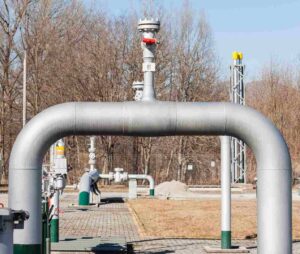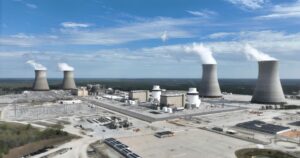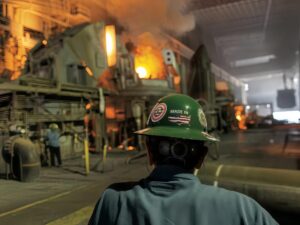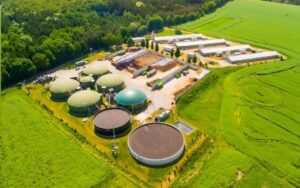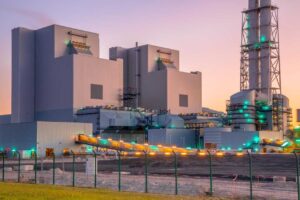VOCs Monitoring Is Challenging — But There’s a Smarter Way
Volatile Organic Compounds (VOCs) pose a significant threat to both environmental safety and human health. Yet, monitoring VOCs in real-time, especially in dynamic industrial environments, is anything but straightforward. Traditional detection methods often fall short when faced with fluctuating concentrations, a variety of compound types, and challenging field conditions.
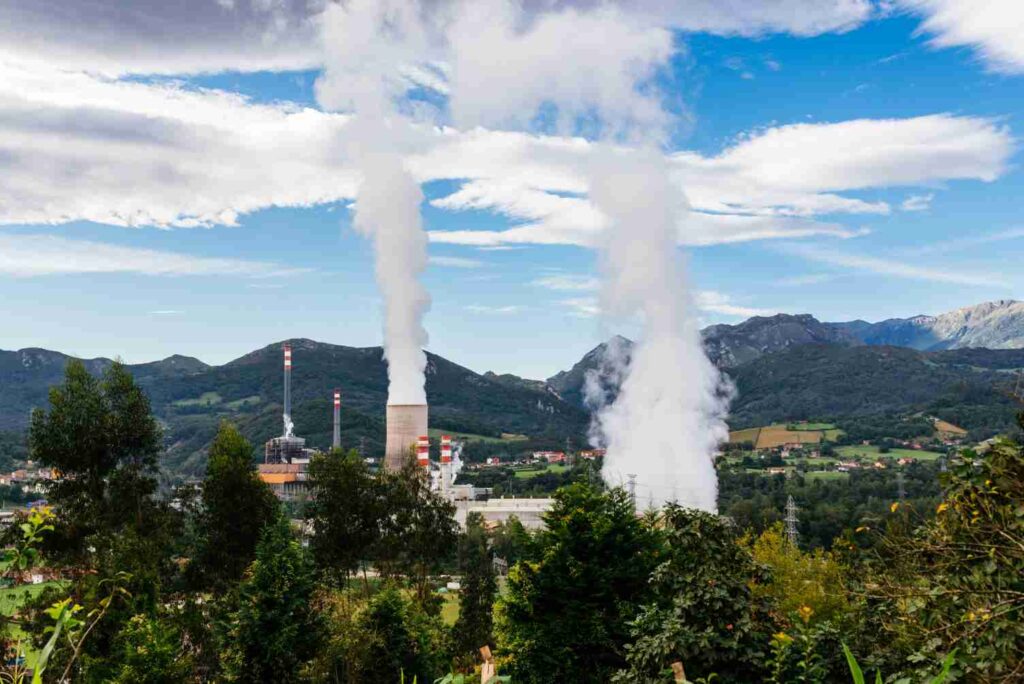
If you’re responsible for emissions monitoring or leak detection, you’ve probably faced the limitations of outdated tools — slow response, limited gas range, and complex calibration. That’s where innovation makes the difference.
A new solution is transforming how VOCs are detected in the field: portable FTIR gas analyzers.
Portable FTIR Gas Analyzers Offer Accurate, Multi-Component VOCs Detection On‑Site
A portable FTIR (Fourier Transform Infrared) gas analyzer enables real-time, on-site identification of a broad range of VOCs with high precision. Unlike conventional point detection methods, FTIR technology analyzes a complete infrared absorption spectrum, making it possible to distinguish and quantify multiple compounds simultaneously — even in complex mixtures.
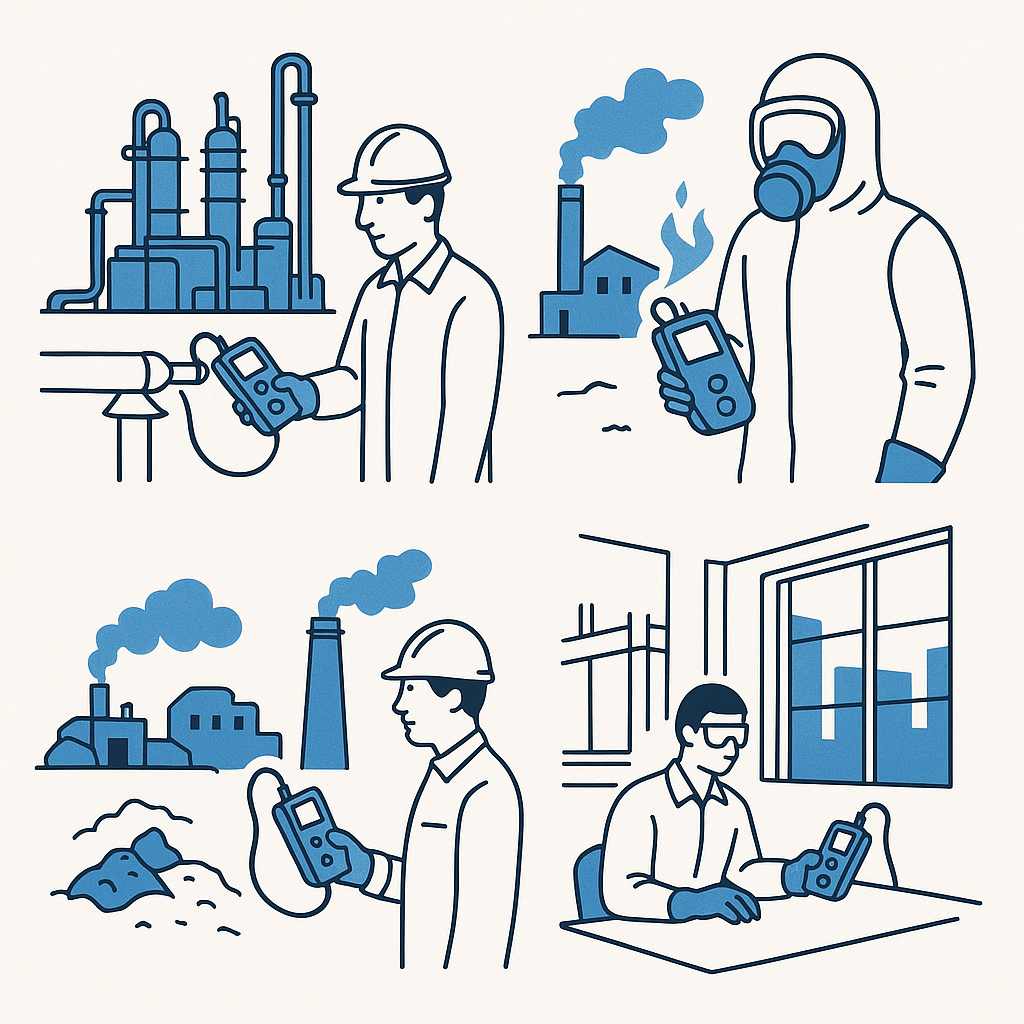
These instruments are compact, lightweight, and field-deployable, making them ideal for mobile monitoring operations, emergency response scenarios, and industrial hygiene assessments.
Beyond the Basics: Why FTIR Technology is Gaining Momentum in VOCs Monitoring
FTIR-based gas analysis isn’t new — but its portability and field-readiness have only recently reached maturity. Today’s portable FTIR gas analyzers are built with rugged enclosures, automated calibration systems, and advanced software that interprets complex spectral data on the fly.
The technology works by passing infrared light through the sampled gas and measuring absorption at various wavelengths. Because every compound has a unique “infrared fingerprint,” the system can identify and quantify a wide range of VOCs from a single scan — with no consumables and minimal maintenance.
How Does a Portable FTIR Gas Analyzer Detect Different VOCs in the Field?
You can’t fight what you can’t see — and many VOCs are invisible, odorless, and reactive. Traditional sensors might pick up total VOCs, but they rarely tell you what you’re dealing with. That’s a major limitation in both regulatory reporting and safety assessments.
A Portable FTIR Gas Analyzer identifies individual VOCs such as benzene, toluene, xylene, formaldehyde, acetone, and dozens more by analyzing their unique infrared absorption spectra. This technique enables:
- Simultaneous multi-gas detection — dozens of VOCs can be identified in a single scan.
- Quantitative measurement — concentration data in ppm or mg/m³.
- No need for chromatographic separation — results are instantaneous and continuous.
How Do Portable FTIR Gas Analyzers Maintain Accuracy in Harsh Conditions?
Field environments are rarely clean, quiet, or consistent. Moisture, dust, temperature shifts, and interfering gases like CO₂ can distort traditional sensor readings. Maintaining accuracy under such circumstances is critical.
Portable FTIR gas analyzers are equipped with:
- Real-time background correction to eliminate environmental interference.
- Built-in temperature and humidity compensation algorithms.
- Laser-aligned optical systems that ensure stability over long-term deployment.
These features make them ideal for monitoring VOCs in petrochemical plants, industrial zones, waste treatment facilities, and even emergency chemical spill situations.
What Makes FTIR Superior to Other VOCs Detection Technologies?
When choosing a VOCs detection method, it’s essential to balance sensitivity, selectivity, and usability. Here’s how FTIR stacks up:
| Feature | FTIR Analyzer | PID Sensor | GC-MS |
| Detection Range | Broad (100+ VOCs) | Narrow (TVOCs) | Broad (with delay) |
| Real-Time Measurement | Yes | Yes | No (lab analysis) |
| Portability | High | Very High | Low |
| Maintenance | Low | Medium | High |
| Data Interpretation | Automated (via software) | Manual or basic | Complex (expert-only) |
ESEGAS’ ESE-FTIR-100P: A Real-World Example of Smart VOCs Monitoring
When time is short and accuracy is non-negotiable, the right tool makes all the difference. ESEGAS’s ESE‑FTIR‑100P portable FTIR gas analyzer offers a field-proven solution for fast, precise VOCs detection in real-world environments.
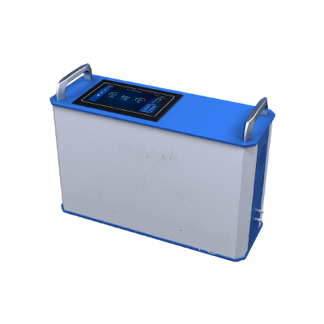
Key features of the ESE‑FTIR‑100P include:
- Measurement of over 50 gases including key VOCs, greenhouse gases, and inorganic compounds.
- Rugged IP65 enclosure for harsh field conditions.
- Battery-powered operation with up to 6 hours of runtime.
- Intuitive software interface for spectral analysis and data logging.
Whether deployed in a power plant for emission checks, or in an industrial zone for fence-line VOCs monitoring, ESEGAS’s analyzer delivers reliable, regulatory-compliant data with minimal setup.
Where Are Portable FTIR Gas Analyzers Used in Practice?
In environments where safety, compliance, and speed intersect, traditional gas monitoring tools often fall short.Many operations—from oil refineries to waste processing plants—require fast, accurate detection of a wide variety of VOCs and gases under rapidly changing field conditions. Yet many existing methods are too slow, too narrow in scope, or too fragile for rugged use.
That’s why industries are turning to the Portable FTIR Gas Analyzer — not just as an advanced scientific instrument, but as a strategic operational asset. Below are several key sectors and scenarios where these analyzers are already proving indispensable:
1. Refinery and Petrochemical Leak Detection
- Use Case: Detecting fugitive VOC emissions from valves, flanges, and storage tanks.
- Challenge: Leaks can involve a wide spectrum of VOCs, some hazardous even at low ppm levels.
- FTIR Advantage: Portable FTIR analyzers can rapidly screen for benzene, toluene, ethylbenzene, xylene (BTEX), and other hydrocarbons — with precise quantification and data logging for compliance reporting.
2. Industrial Fence-Line and Perimeter Monitoring
- Use Case: Monitoring ambient air quality around chemical plants or industrial zones.
- Challenge: Emission sources may be diffuse and intermittent, with wind and weather influencing concentration.
- FTIR Advantage: Field-deployable FTIR units allow spot-checking at multiple perimeter points, delivering real-time, multi-gas profiling for regulatory and community safety audits.
3. Emergency Response and HazMat Incidents
- Use Case: Rapid assessment of unknown airborne chemical threats during spills, fires, or transportation accidents.
- Challenge: Unknown compounds, limited setup time, and high risk to responders.
- FTIR Advantage: With built-in spectral libraries and fast scan times, portable FTIR analyzers can identify dozens of potential threats within minutes, guiding evacuation, containment, or PPE strategy.
4. Waste Treatment and Landfill Emissions Monitoring
- Use Case: Tracking methane, VOCs, ammonia, and sulfur compounds from decomposition or industrial waste.
- Challenge: High humidity, fluctuating concentrations, and difficult terrain.
- FTIR Advantage: FTIR analyzers handle variable conditions well, compensating for background gases and allowing for longitudinal monitoring across waste management zones.
5. Stack Emissions and Source Testing
- Use Case: Measuring emissions from boilers, incinerators, or industrial stacks for regulatory compliance.
- Challenge: High temperature, particulate load, and multi-gas mixtures.
- FTIR Advantage: Portable units like the ESE‑FTIR‑100P are designed for extractive sampling via heated probes, offering accurate readings for NOx, SO₂, CO, CO₂, HCl, and various VOCs — in a single device.
6. Indoor Air Quality & Occupational Exposure Assessments
- Use Case: Ensuring safe air in manufacturing floors, laboratories, or enclosed chemical handling areas.
- Challenge: Workers may be exposed to low-level but chronic concentrations of hazardous VOCs.
- FTIR Advantage: Portable FTIR gas analyzers provide precise readings of known and emerging contaminants, enabling proactive health and safety interventions.
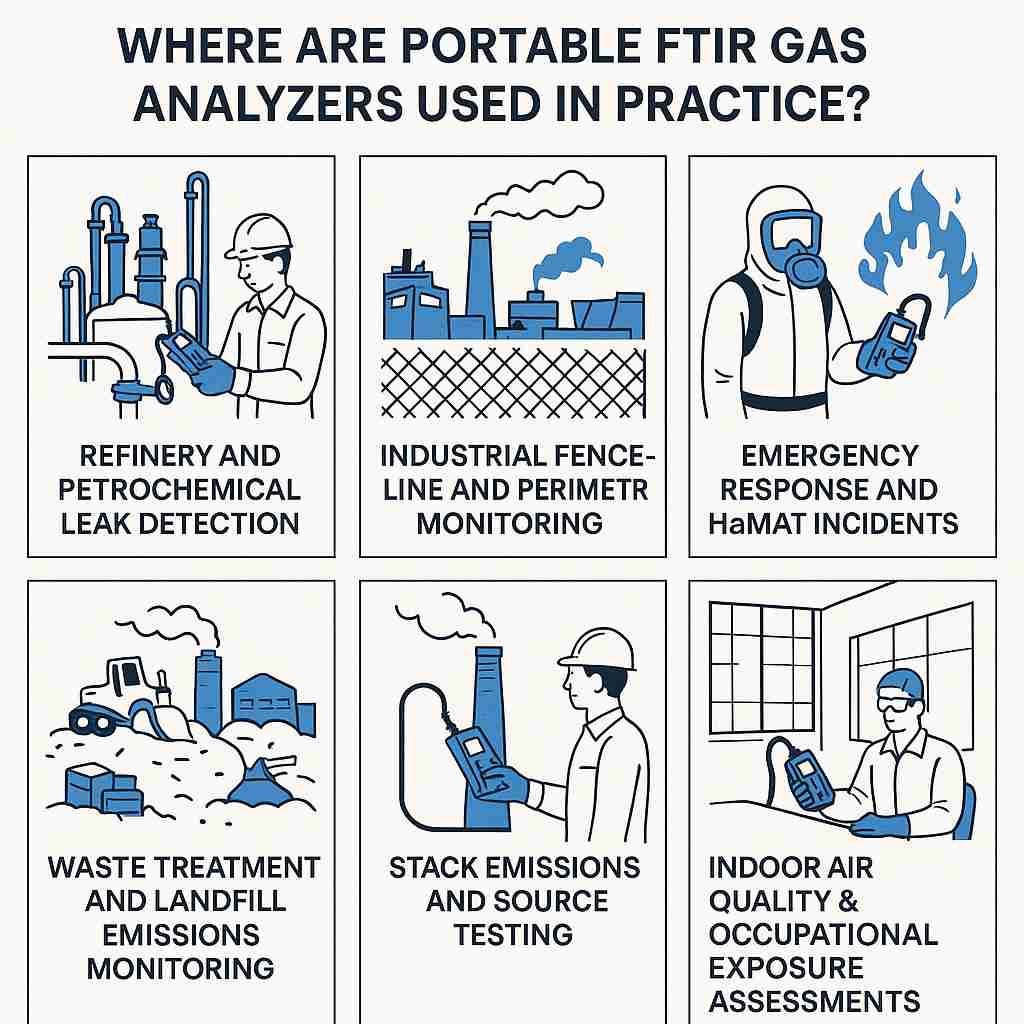
In all these scenarios, the common denominator is this: the ability to detect, identify, and quantify a wide range of gases — accurately, immediately, and on-site — is no longer optional. With the Portable FTIR Gas Analyzer, what once required a laboratory now fits in a field-ready case, enabling smarter decisions, faster responses, and safer outcomes.
Conclusion: A Portable FTIR Gas Analyzer Is More Than a Tool — It’s a Strategic Advantage
Portable FTIR gas analyzers are revolutionizing VOCs monitoring in the field. They combine speed, accuracy, and versatility in one rugged platform — capable of transforming how industries handle gas detection challenges. As demonstrated by devices like ESEGAS’s ESE‑FTIR‑100P, the future of environmental and industrial safety monitoring is compact, connected, and remarkably precise.





